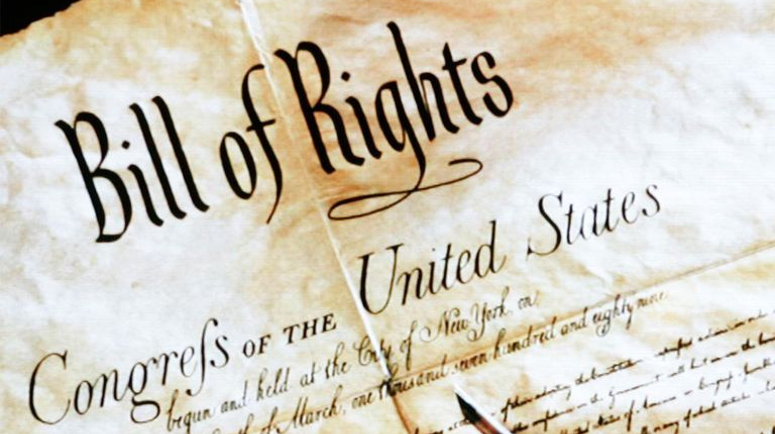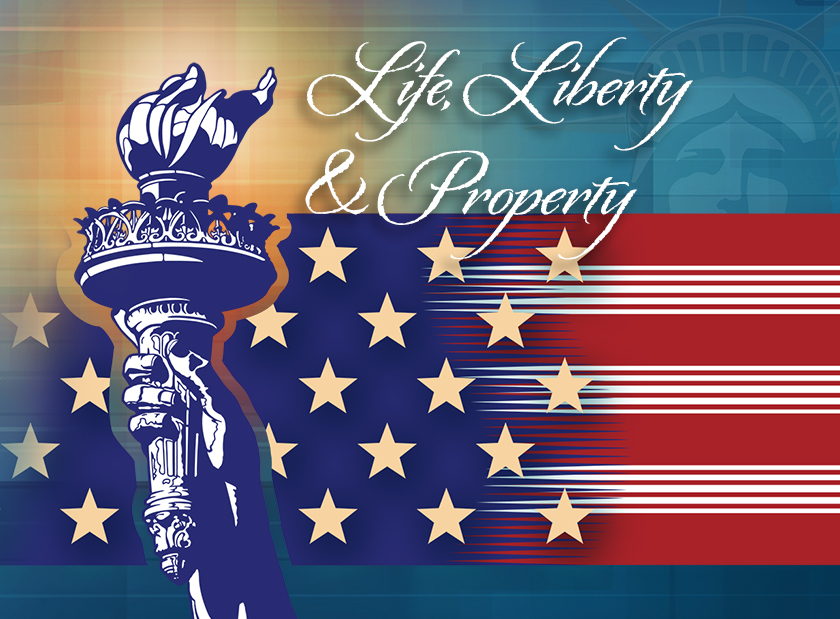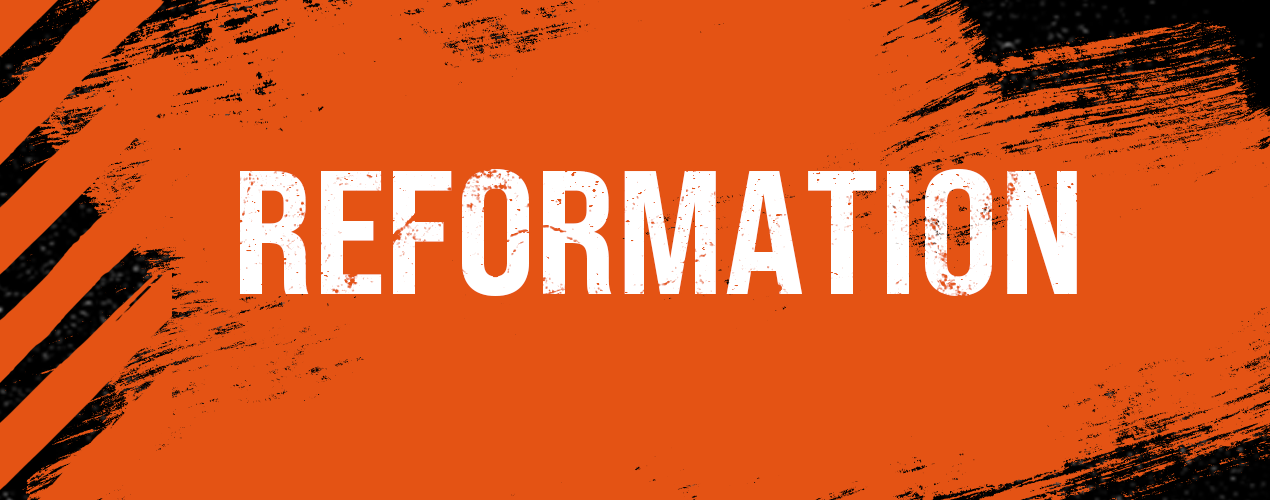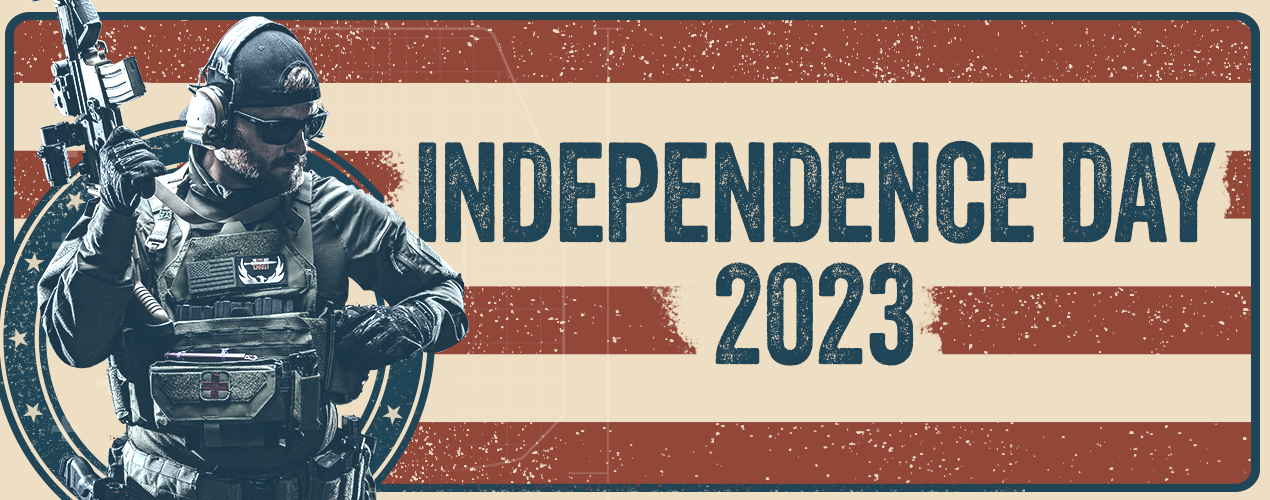Unite or Die
- May 3, 2021
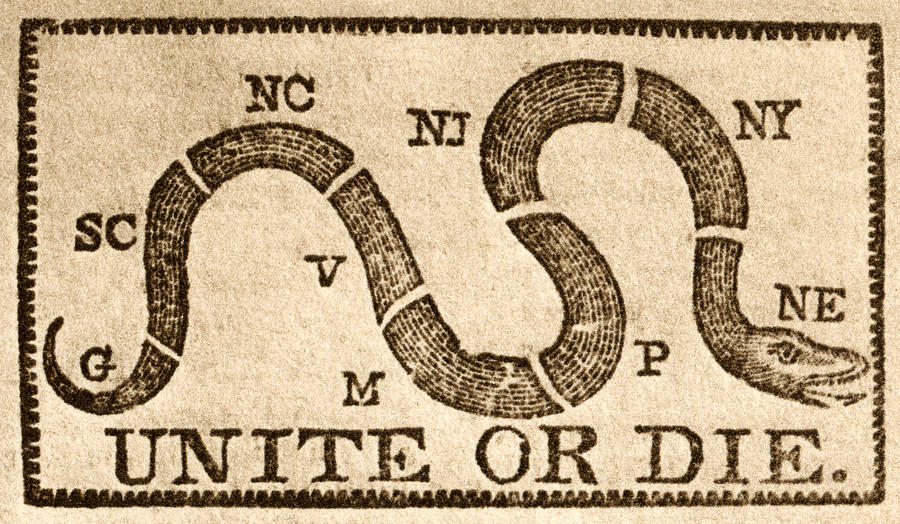
“First they came for the socialists, and I did not speak out—because I was not a socialist.
Then they came for the trade unionists, and I did not speak out— because I was not a trade unionist.
Then they came for the Jews, and I did not speak out—because I was not a Jew.
Then they came for me—and there was no one left to speak for me.”
-- Pastor Martin Niemöller
It’s the early 1750s and the French and British both claim the Ohio Valley as their territory. After some initial skirmishes and the French refusing to leave the region, seven of the thirteen colonies decided to meet at the Albany Congress during June and July, 1754.
There they discussed improving relations with regional Indian tribes and coming up with common defensive measures to employ against the French expansion. Ben Franklin submitted his “Albany Plan'' in a bid to unify eleven of the colonies under a president appointed by the King. Colonial legislatures rejected it, wanting to maintain their independence.
Join or Die
As part of his marketing of the unification idea, Franklin penned a political cartoon that boiled down the need for collective action and common defense into three words that would also presage the American Revolutionary War.
When the French and Indian War started, American colonists were divided on whether or not to take on the French for control of the territory west of the Appalachians. Ben Franklin’s cartoon depicted a divided snake that represented the colonies’ need to act collectively or suffer defeat.
“Join or Die” became the rallying cry for the effort to stop French expansion, and ultimately was used, along with “Unite or Die,” as a slogan for getting the colonies to rally together to fight the British in the American Revolutionary War.
What is old is new again
So how does a 267-year-old phrase apply to our current situation? Very aptly, it turns out.
The concept is simple: banding together for a common cause against a common enemy allows for a unified front that is greater than the sum of its parts.
For the past three decades, we have seen assault after assault on our freedoms. Whether it’s the creation of “free speech zones” to limit our ability to redress our grievances, to National Security Letters that bypass most every safeguard the 4th Amendment is supposed to provide, Liberty is under attack as never before.
The enemy of the enemy is my friend
One would think that interest groups of all kinds would be working together to ensure the freedom of everyone, but that’s not the case. Identity politics and political divisions have separated everyone into their respective self-interest camps where they become situational freedom fighters.
Thus, you have people fighting to end the War on Drugs but won’t support the 2nd Amendment. Or people who clamor for free speech but only if it’s the right kind of speech, forgetting it was the ACLU that won the 1978 case defending the right of a neo-Nazi group to hold a march in Skokie, Illinois.
If we are to reclaim the liberty bequeathed to us by our Founding Fathers, we need to understand the freedom of others in their “pursuit of happiness” is as important as the freedom we desire. Only authoritarians promote “freedom for me, but not for thee.”
If we are to be successful in restoring our freedoms, we must learn to partner with other pro-liberty groups, even if we don’t fully agree with what they’re promoting. Otherwise, there will be nobody left to speak for the things we agree on.



